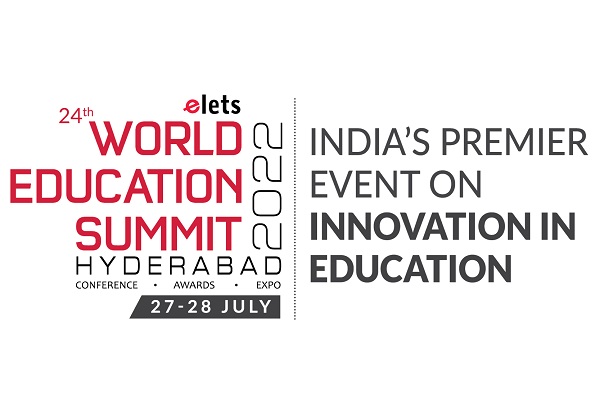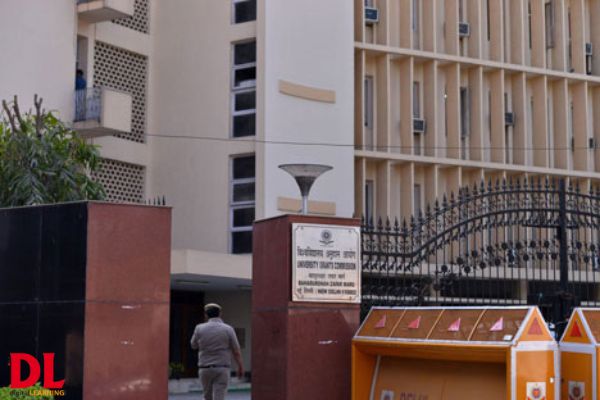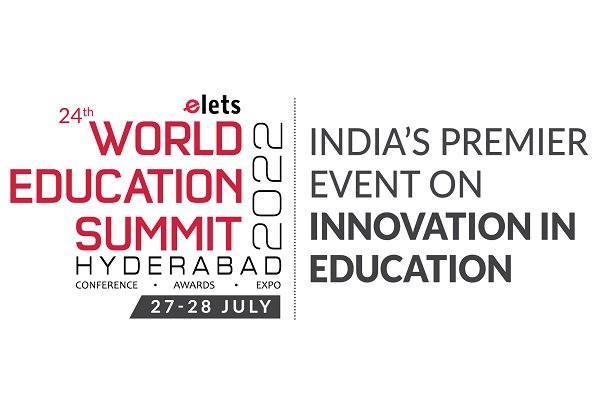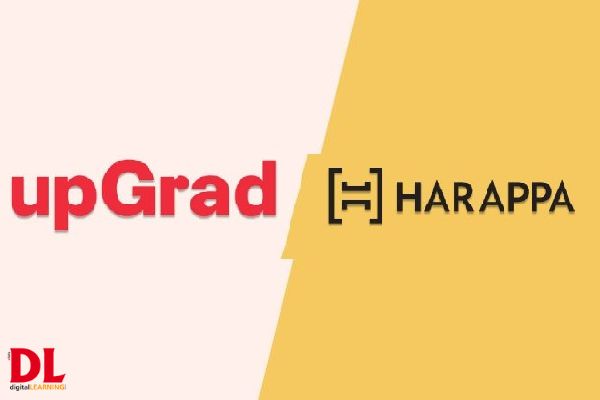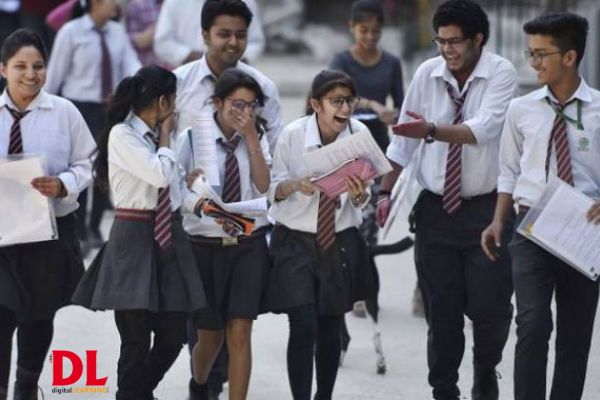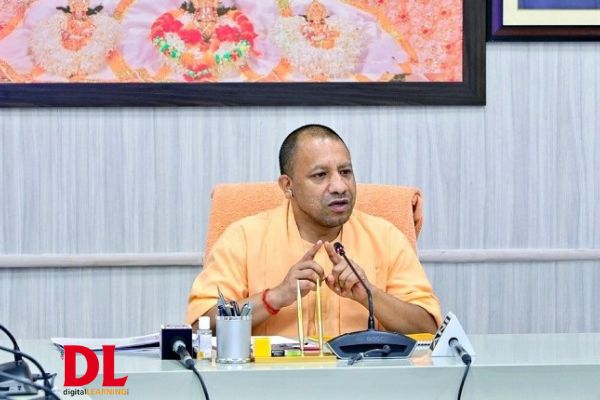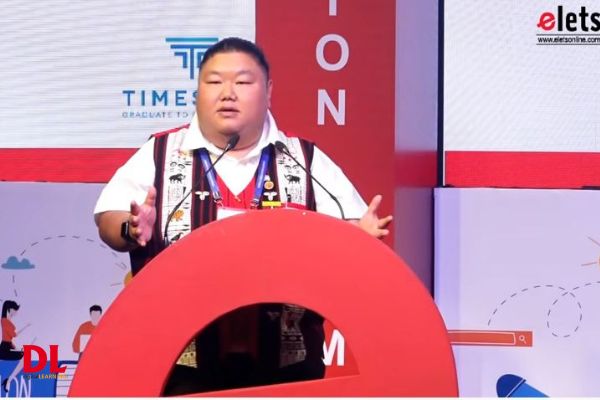Elets Technomedia and Digital Learning, along with Collegiate and Technical Education Department, Government of Telangana, India as ‘Host Partner’, organised the 24th edition of the two-day ‘World Education Summit‘ in Hyderabad. The objective of the conference was to touch upon the various challenges emanating from privatisation, globalisation, and public financial crunch to understand the future directions of higher education in India.
The summit kicked off with the welcome address and the lamp lighting ceremony by Dr Ravi Gupta, CEO & Editor-in-Chief of Elets Technomedia. “Education sector is one of those sectors which is fundamental to creating a new India. The vision of the government of India of making a new India cannot be completed without empowering the education sector per se,” he said.
The lamp lighting ceremony was attended by Agus P Saptono, Consul General of the Republic of Indonesia, Mumbai; Dr Garima Panwar, Additional Commissioner, PI Kalaburagi Division Commissionerate of Public Instruction Government of Karnataka; Syed Omar Jaleel, Secretary and Commissioner, Intermediate Education and Secretary, Intermediate Board, Intermediate Education Department, Government of Telangana; Navin Mittal, Commissioner, Collegiate and Technical Education Department, Government of Telangana; Abhay Jere, Chief Information Officer, Ministry of Education, Government of India; Professor R Prasad, Director – ACAD Wing, ICFAI Group; Professor Saroj Sharma, Chairperson, NIOS; Dr Vinnie Jauhari, Learning and Skills Lead, Microsoft and Dr Shwetha Suresh, Head of Innovation, Swissnex, Swiss Consulate General, Bangalore.
At the valediction of the World Education Summit, an award ceremony to recognise quality and excellence in Higher & School Education was held. The felicitations were spread across two days. Day 1 recognised initiatives in the Higher Education and the Corporate sector and day 2 saw awards for the School Education and the Government initiatives.
K. Lalhmingliana, Director, Labour, Employment, Skill Development and Entrepreneurship, Government of Mizoram, was given the award under the category ‘Government Sector Initiative in skill development’ for the project PMKVY. Under his tenure, Mizoram has been the highest ranking state all over India under PMKVY 2.0, for the highest number of enrollments and placements.
The Department of Higher Education, Government of Madhya Pradesh, was given the award under the category ‘Government Sector Initiative in digital learning’ for the project eShiksha. It is an education management portal which facilitates blended training for its learners, providing hybrid learning with technology based virtual classrooms and traditional classroom training. More than 800 e-content have been prepared in Hindi and English languages and uploaded on LMS (Learning Management System) portal for major subjects of first year undergraduate. These video lectures and e-text can be accessed by students as well as teachers on their mobiles.
Navin Mittal, Commissioner, Collegiate and Technical Education Department, Government of Telangana was given the award for IT reforms in Higher Education. Professor R Limbadri, Chairman, Telangana State Council of Higher Education, Government of Telangana and Navin Mittal were awarded for the Project Degree Online Services Telangana (DOST). PGK Gajendra Babu, Assistant Professor of Commerce and State Coordinator DOST, was also awarded for his excellent work in Project DOST.
Three Government Degree Colleges – Nalgonda, Narsampet and Paloncha were given awards for A Grade Naac Accreditation.
National Institute of Construction Management and Research (NICMAR), Hyderabad was given the award under the category ‘Outstanding Leader in Global Higher Education’ and ‘Outstanding University in Executive Education and Placements’.
Government Institute of Electronics, Secunderabad; Government Polytechnic for Women (Minorities), Badangpet; KDR Government Polytechnic, Wanaparthy; Commissionerate of Technical Education, Hyderabad, Telangana; and State Board of Technical Education and Training, Hyderabad (SBTET) were conferred Institutional awards.
Rev Fr. Thomson Kinny, Principal, St. John The Baptist High School and Jr. College, Thane was given the award under the category ‘Educational Reformer of the Year’ and B Anil Kumar, Principal, Chinmaya Vidyalaya, Boisar was given the award under the category ‘Outstanding Contribution & Achievement in the Field of Education’.
Global Indian International School, Kuala Lumpur was given the award under the category ‘Excellence in International Curriculum Practices’; Vista International School, Hyderabad was given the award under the category ‘Innovative Practices for Academic Excellence’ and Jubilee Hills Public School, Rampally was given the award under the category ‘Innovative Practices for Academic Excellence’.
Some of the focus themes for the event included role of technology intervention in education, role of NEP as a game changer to revolutionise India’s educational landscape, pegging the growth of EdTech in the future and switching to teaching the four C’s — critical thinking, communication, collaboration, and creativity.
The networking-cum-knowledge gathering delivered a medium for exchanging views and measures for transforming the Education industry. The summit witnessed 500+ higher education delegates, 120+ higher education leaders, 200+ school education leaders, 500+ school education delegates, 25+ international experts, 20+ government dignitaries, 50+ exhibitors, and 50+ knowledgeable sessions.
Visit Here: Education Conference Dubai






